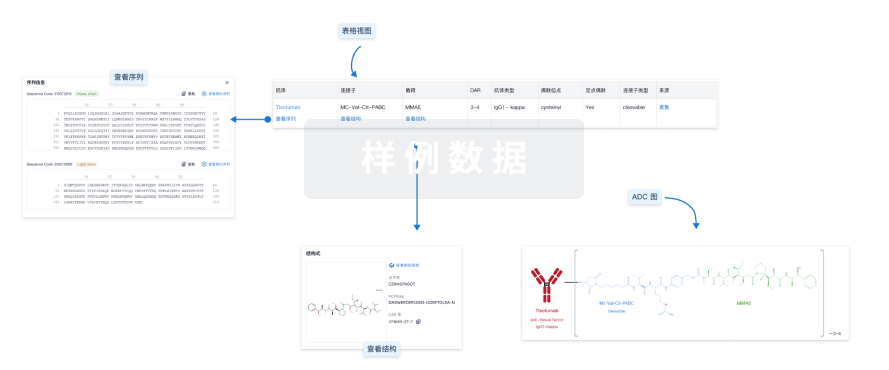Emerging evidence demonstrates that a c-Met antibody-drug conjugate (ADC) has superior efficacy and safety profiles compared with those of currently available small molecules or antibody inhibitors for the treatment of c-Met-overexpressing cancers. Here we described both the in vitro and in vivo efficacies of SHR-A1403, a novel c-Met ADC composed of a humanized IgG2 monoclonal antibody against c-Met conjugated to a novel cytotoxic microtubule inhibitor. SHR-A1403 showed high affinity to c-Met proteins derived from human or monkey and potent inhibitory effects in cancer cell lines with high c-Met protein expression. In mice bearing tumors derived from cancer cell lines or patient HCC tissues with confirmed c-Met overexpression, SHR-A1403 showed excellent anti-tumor efficacy. Antibody binding with c-Met contributed to SHR-A1403 endocytosis; the subsequent translocation to lysosomes and cytotoxicity of the released toxin are speculated to be predominant mechanisms underlying the anti-tumor activity of SHR-A1403. In conclusion, SHR-A1403 showed significant anti-tumor activity in cancer cell lines, xenograft mouse models and an HCC PDX model, which all have high c-Met levels. These data provide references for SHR-A1403 as a potential therapy for the treatment of cancers with c-Met overexpression.








